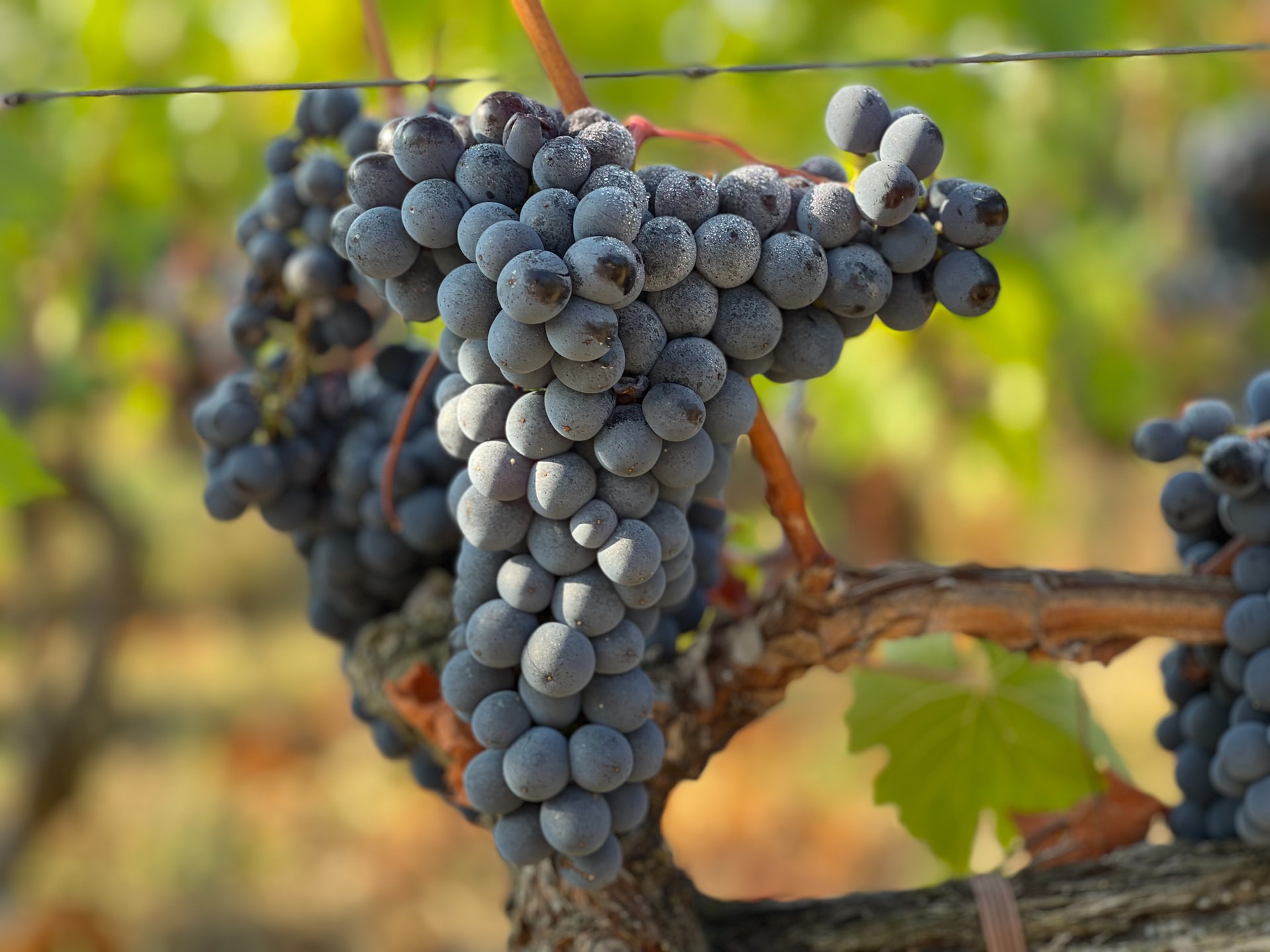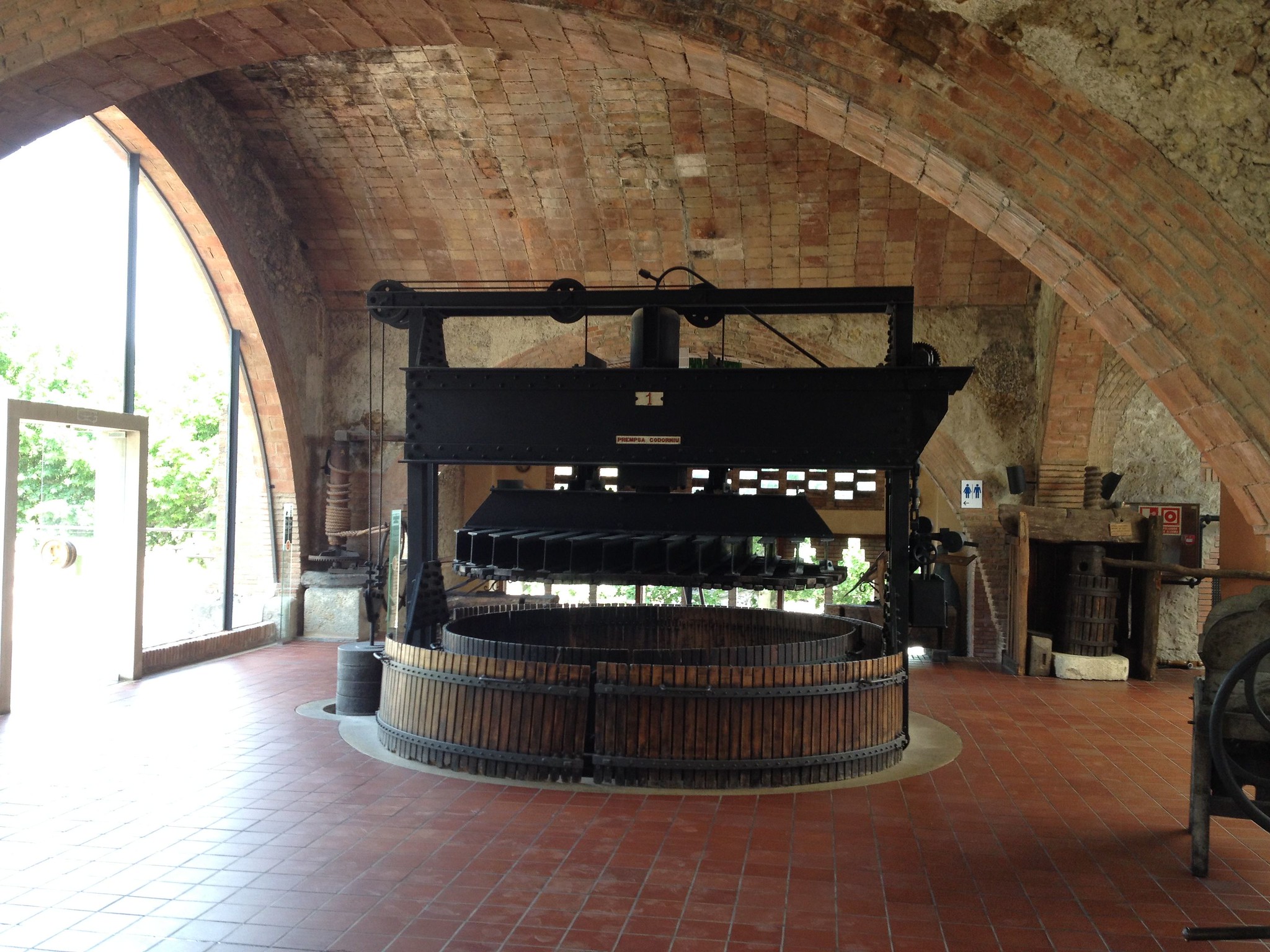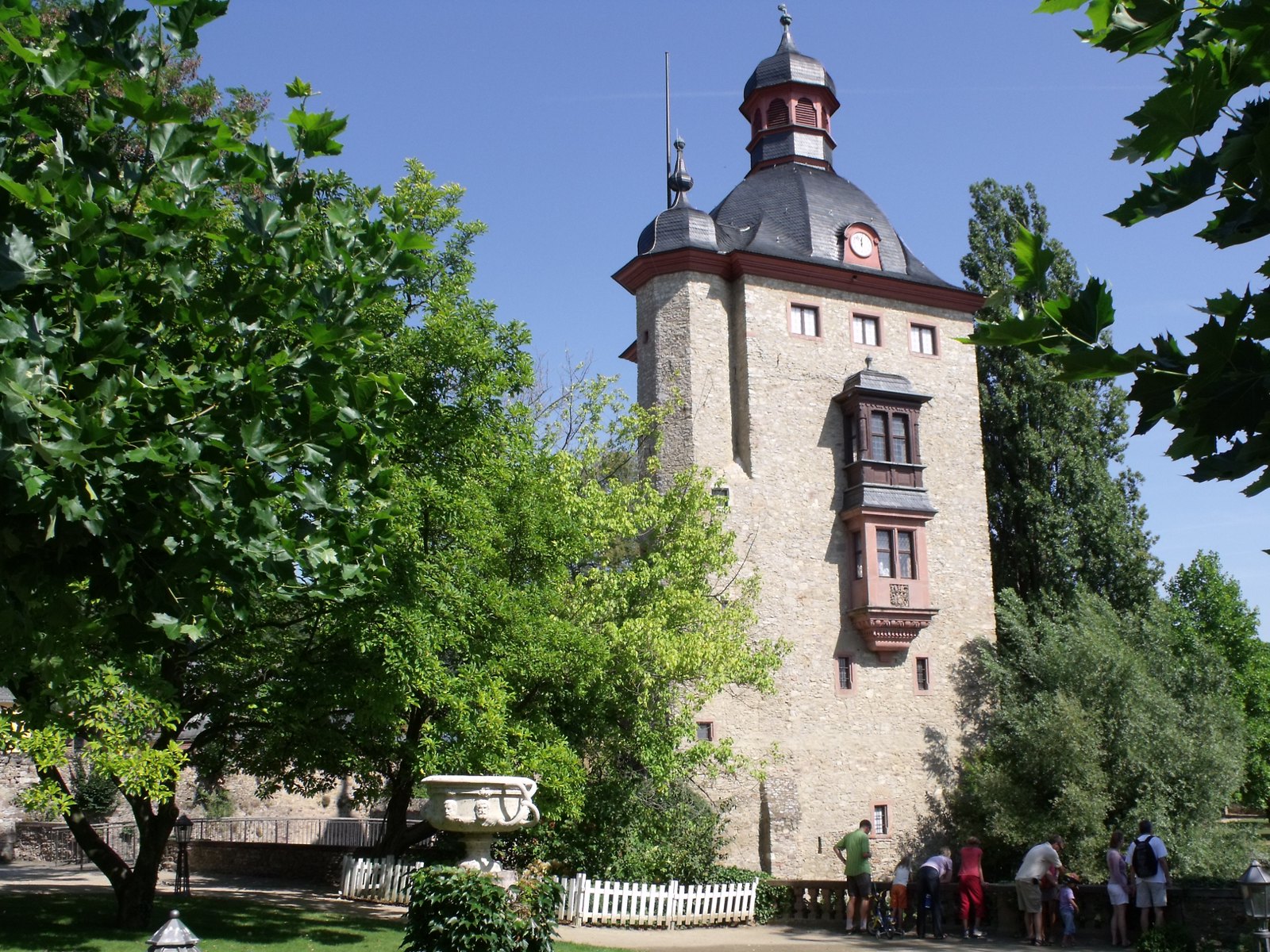In Armenia in 6,000 BC and Iran in 5,000 BC, the first proof of wine production was unearthed. The oldest winery in the world discovered to date is in the Armenian Highlands, dating to around 4,100 BC.
At the site of the world's oldest winery, vines and vinifera seeds were uncovered, as well as an antique Armenian wine press for crushing grapes, cups, jars, and fermentation vats.
Inside a 4,000-year-old citadel that spans back into the Canaanite era, archaeologists in Israel recently unearthed a stockpile of grape seeds and wine jars.

On the other hand, these wineries have long since stopped making their ancient wines.
Here's a list of eight of the world's oldest vineyards that still operate today, with many having a Medieval background.
Table of Contents
World's Oldest Wineries
1. Château de Goulaine, France
The oldest working vineyard in France is built inside a castle, dating back to the 12th century during the Middle Ages. Starting with Jean de Goulaine, it's the first of the Goulaine series of marquesses.
The château, made of Tuffeau stone, remained in the Goulaine family's possession except for a brief 69-year period between 1788 and 1857.
It's the Loire Valley's earliest castle and received its current Italian Renaissance style of architecture in the 15th century when the heir chose to give it a makeover.
It has been making wines for over a thousand years and is now the producer of Château de Goulaine Sur Lie, a rich and creamy, fruity white wine from the Muscadet Sèvre et Maine région.
It also produces fine wines such as Sancerre and Vouvray. The château is surrounded by vineyards, farms, and forested regions, adding to its status as a winemaking landmark.
In 2000, the Loire Valley was recognized as a UNESCO World Heritage Site.

2. Barone Ricasoli, Italy
Barone Ricasoli is Italy's oldest active winery and one of the oldest wineries in the world. Its scenic location is in Gaiole in Chianti, a community in the Chianti Classico province of the Tuscany area.
Since 1141, when Barone Ricasoli founded his namesake label, winemaking has been linked to the history of the Brolio Castle, which contains the winery.
Later in the 17th century, the wines continued to be shipped to Amsterdam and England. By the start of the 20th century, they were sent to markets worldwide, such as Saudi Arabia, China, Costa Rica, South Africa, and Guatemala.
Chianti red wine is probably the most well-known formula. The renowned Baron Bettino Ricasoli, who served as Prime Minister (PM) of Italy twice, developed it in 1872. Today, it's known as Chianti Classico.
One of Italy's best wines is made entirely of Sangiovese grapes and comes in numerous varieties, notably the Brolio Bettino, named for the “Iron Baron,” and is fermented in enormous oak barrels with no filtration.
Related: Walking the Via Francigena in Tuscany
3. Karthäuserhof, Germany
The winery is located in Trier in the lush Ruwer Valley of Western Germany and has been in operation since 1335.
It began as a Carthusian monastery, which was given to the monks by Prince-Elector Balduin of Luxembourg as a gift.
In reality, Saint Bruno of Cologne, the founder of the Carthusian order, designed the monkey on the Karthäuserhof crest, which functions as the wine label's insignia.
In 1811, the land was purchased from the government by Valentin Leonardy, the General Director of the French Army at the time.
For 120 years, all Karthäuserhof bottles have always had a single neck label, a banderole.
The Devonian clay soils and microclimate aid in the cultivation of Weissburgunder and Riesling grape varieties at the Karthäuserhofberg vineyard.
It spans over 49 acres (20 hectares of land) and winds up the slopes around a hill near the vineyard.
If you're looking to explore wines, Private Wine Tours of the Hunter Valley offers exclusive, one-of-a-kind culinary and wine experiences with a private Hunter Valley wine tour booked exclusively for you and your friends.

4. Codorníu, Spain
The Raventós Codorniu group, which began in 1551 in vineyards close to Barcelona within the Penedès area, has grown into one of the world's largest wine companies.
King Juan Carlos I defined the modern architect Josep Puig I Cadafalch's winery building in Sant Sadurni d'Anoia as part of one of Spain's National Historical Artistic Monuments in 1976.
The town of Codorniu is famous for a dazzling Spanish wine known as cava, created by Josep Raventós Fatjó in 1872 by the Raventós Fatjó family, who used a traditional method and grape varietals such as Macabeo, Parellada, and Xarel Lo.
The Anna de Codorniu cava is the winery's most well-known brand, named after its last surname holder. She married Miguel Raventós in the 17th century. However, her surname remained the firm's name because of its goodwill.
Given her noble ancestry, Anna worked in the vineyard to help resurrect her business during a difficult era, and she is featured on the bottle labels wearing a headscarf.
Codorniu also makes excellent cavas, including the Ars Collecta brand. The grapes from Codorníu's are grown on 4,942 acres (2,000 hectares) of vines.

5. Antinori, Italy
The family's first record is from 1179, when Accarisio di Antinoro decided to sell some churches and land near Combiate, mainly to the Monastery of San Michele a Passignano, while retaining some ownership rights.
Badia a Passignano is now the family's most significant component in the winemaking business.
The family was obliged to flee to Florence after the castle's collapse in Combiate in 1202.
The brand was legally formed as a business winery when Giovanni di Piero Antinori joined the Florentine Winemakers' Guild, recognized as Arte Fiorentina dei Vinattieri, in 1385.
Antinori nel Chianti Classico, a modern winery, is a 131,000-square-foot (40,000-square meter) architectural marvel.
The winery's huge roof, built near Bargino in 2012, overlooks the grape vines and can be seen from afar.
Among the building's most distinctive attributes is the enormous spiral stairway made of aged steel that climbs from the basements to the top roof and connects the three stories.
The wine cellars are set deep within the vines to provide natural temperature control and gravity flow fermentation for wine maturation and production.

6. Schloss Vollrads, Germany
Schloss Vollrads lies in the municipality of Oestrich-Winkel, in the German wine zone of Rheingau.
Alongside Schloss Johannisberg, Schloss Vollrads is among the few historic vineyards in Germany that, by law, aren't required to put the village name when labeling the wine bottles.
The Greiffenclau family began supplying wine to the St. Viktor monastery in the Mainz region in 1211, and the winery has been in operation since then.
Schloss Vollrads has always belonged to the respectable von Greiffenclau family, who have spent years expanding and adorning the manor house into what it is currently.
It was so well-known that Johann Wolfgang von Goethe, a famous German author, and poet, visited it in 1814.
The winery only grows Riesling, used to make all of its wines, such as the Auslese, Kabinett, and Spätlese wines.
Its trademark drinks are Kabinett wines, created in 1716 in Schloss Vollrads and named after the “Cabinet” vaults where they were in storage.
These are tasty and feature a low alcohol percentage and a robust German Riesling structure.

7. Can Bonastre, Spain
Beginning in 1548, the Can Bonastre prospered as an excellent winery near the Montserrat mountains.
On its 247 acres (100 hectares) of land, the farmhouse in Masquefa, west of Barcelona, has 124 acres (50 hectares) of vineyards.
Merlot, Syrah, Chardonnay, Cabernet Sauvignon, Sauvignon Blanc, and Macabeu are among the grapes used to make wine.
Consider Nara Crianza, which comprises 75% Syrah—a combination of Merlot and Cabernet Sauvignon from many vineyards.
Vanilla and cocoa aromas are the first to touch the nose, followed by traces of pepper. It has a velvety mid-palate with ripe tannins, toasted nuts, and toffee.
Can Bonastre is a wine resort where tourists can stay in luxury while wine tasting.

8. Château de Goulaine, The Loire, France
The Marquis de Goulaine family has owned Château de Goulaine in the Loire Valley, close to Nantes, for about one thousand years, apart from 1788 to 1858, when a Dutch entrepreneur bought it in the French Revolution.
The Château de Goulaine also refers to the brand name of the estate-bottled wine, among the few still produced by the wine industry in the Loire Valley.
It's the oldest known winery in the world, still producing Vouvray, Sancerre, and Muscadet. Folle Blanche is also grown on the property in this historic wine region.
Since 1984, the castle has been home to many tropical zone butterflies. The butterflies are kept in an enclosure and allowed to flutter freely amid tropical flora, thanks to an initiative started by Robert de Goulaine, 11th Marquis.
***
Grape wine has been around for at least 8,000 years, and the oldest active wineries in the world draw on this long tradition.
Archeological finds have indicated that wine was used for various activities in the past, including religious ceremonies going back to the Greek and Roman periods.
Archeologists discovered what they believed to be the origins of winemaking in 2007: a winery at least 6,100 years old.
A glass of wine is one of life's pleasures, and today, wine lovers are more knowledgeable than ever about the origins of our favorite kinds and the best wineries.
______
This story is in partnership with Tastes Of The Hunter Wine Tours.
This post was written by a guest contributor. Please reference the author's byline in the post above for more information. If you would like to guest post on Go Backpacking, please read our submission guidelines. For information on advertising opportunities, go here.
Planning a trip? Go Backpacking recommends:
- G Adventures for small group tours.
- Hostelworld for booking hostels.
